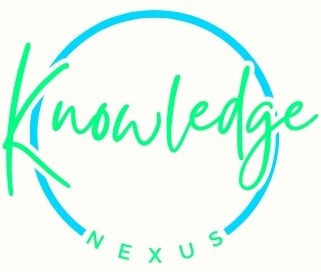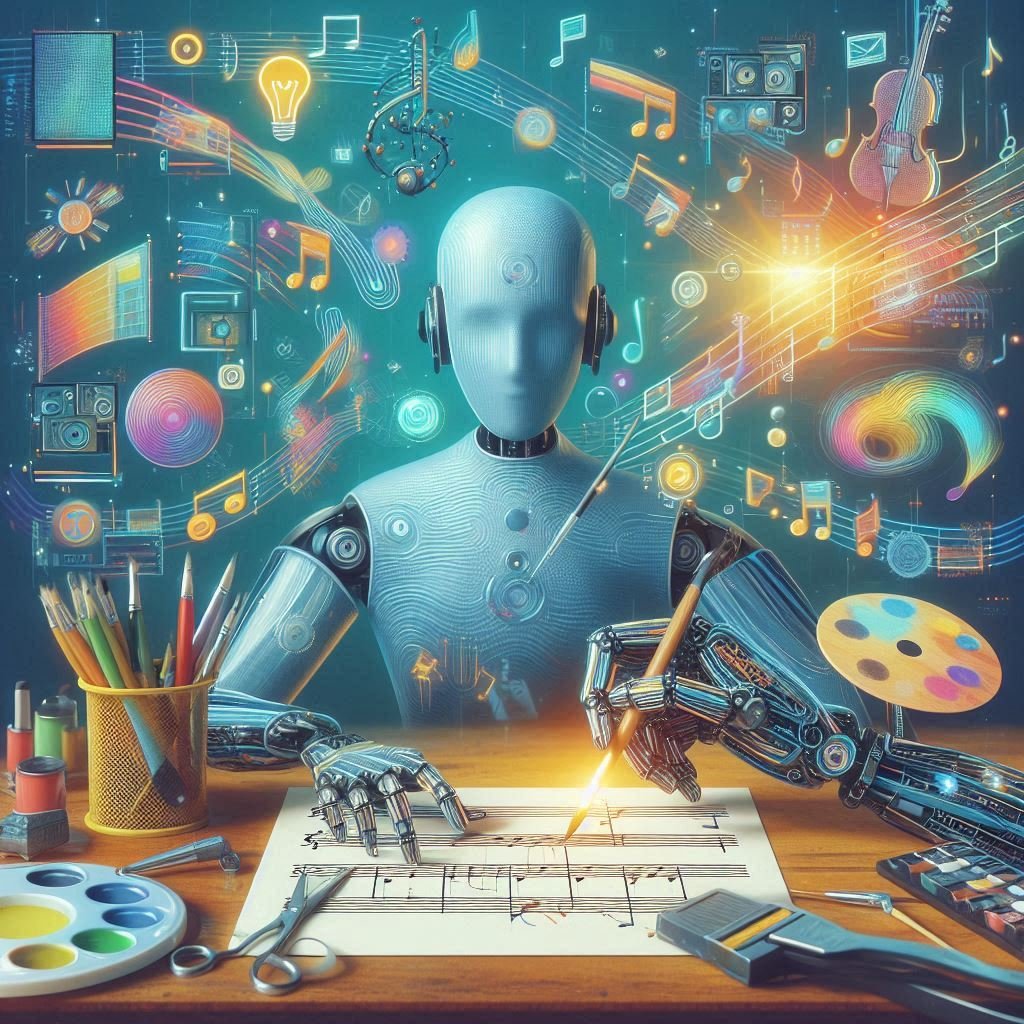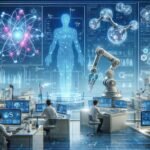Artificial Intelligence (AI) is no longer a mere buzzword confined to the realms of tech enthusiasts and academics. Today, AI has permeated various industries, and its impact on the creative sectors, including art, music, film, and literature, is profound.
As AI continues to evolve, its influence on creative processes and outcomes is both transformative and controversial. In this article, we will explore how AI is reshaping the creative industries, the benefits and challenges it brings, and what the future holds for human creativity in an AI-driven world.
The Intersection of AI and Creativity
AI in Visual Arts
AI in Music
AI in Film and Literature
Benefits of AI in Creative Industries
- Enhanced Creativity: AI can assist artists in exploring new styles and techniques, pushing the boundaries of their creativity.
- Efficiency and Productivity: AI tools can handle repetitive and time-consuming tasks, allowing creators to focus on more strategic and innovative aspects of their work.
- Personalization: AI can analyze consumer preferences and generate personalized content, enhancing user engagement and satisfaction.
- Accessibility: AI democratizes creativity by providing tools and resources that are accessible to a broader audience, including those without formal training in the arts.
Challenges and Ethical Considerations
- Intellectual Property: Determining ownership of AI-generated content is complex, raising questions about copyright and authorship.
- Job Displacement: The automation of creative tasks may lead to job losses in certain sectors, prompting concerns about the future of human artists and creators.
- Quality and Authenticity: There is ongoing debate about the authenticity of AI-generated art and whether it can match the depth and nuance of human creativity.
- Bias and Representation: AI algorithms can perpetuate existing biases present in training data, leading to issues of representation and diversity in creative outputs.
The Future of AI and Human Creativity
As AI continues to advance, its role in the creative industries will undoubtedly expand. However, rather than replacing human creativity, AI is more likely to serve as a powerful tool that enhances and complements human efforts.
Conclusion
Share via:



